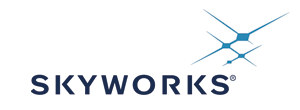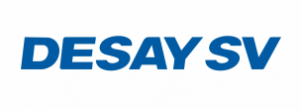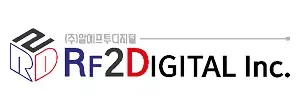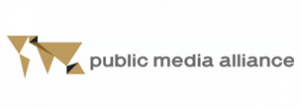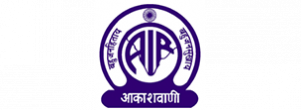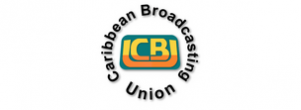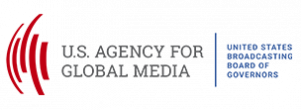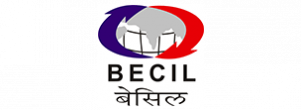Press Release
The DRM Consortium held its second virtual General Assembly on April 15th with the participation of 70 members and guests from all continents (Indonesia, Pakistan, UK, Germany, Denmark, South Africa, Hungary, Australia, India, Canada, Brazil, China and USA).
The first session, open to members and invited guests, reviewed excellent progress made in the past year in countries like India, South Africa, Indonesia, Pakistan and very recently in Brazil, Russia and Hungary.
The much-anticipated session on receivers did not disappoint with new prototypes, updates and developments announced by receivers and chipset manufacturers (Gospell, RF2Digital, Inntot, Cambridge Consultants, NXP, Fraunhofer IIS and Starwaves). They all announced that the new (many low-cost, low energy) receivers and receiver solutions support all the DRM bands, analogue and, the SDR solutions and even other standards. The German-Swiss Starwaves introduced its Android dongle for mobiles just launched:
https://www.iis.fraunhofer.de/en/pr/2021/20210318_ame_starwaves_drm.html
https://starwaves.com/starwaves-drm-softradio-app-for-android-now-available/
Fraunhofer IIS also gave details about the project to test the DRM framework within the ATSC 3.0 TV platform which will give access to multi-featured DRM content on radio, TV and also mobiles and cars: https://www.drm.org/drm-framework-to-be-integrated-into-the-atsc-3-0-digital-tv-platform/
The India presentation focused on the almost 3 million DRM receivers in Indian cars. The recent DRM for FM successful trial in India also featured head unit radios with DRM AM and DRM FM integrated and working perfectly in some of the car models used during the trial. The upgrade of existing digital AM units to FM was possible and easy, without a change of hardware. As explained during the various GA sessions most of the receivers, no matter which platform (car, mobile, standalone) support the full DRM standard (AM and FM) and all the DRM features giving extra benefits like EWF (Emergency Warning Functionality), distance learning, extra content in various languages.
In the busiest activity year of the Consortium so far, participants also learned about full projects rolling out in Indonesia and Pakistan, about the successful DRM (FM) trial in Russia and DRM (SW) DRM trial in Brazil.
The recent DRM for FM trial in India had its own session and the interest was so great that the Consortium has announced a full “DRM for India Trial – Innovation and Success” webinar for May 6th.
Aspects of the current radio market, the energy savings delivered by DRM, the education project, the link with other international organisations and the improved communications gave representatives of Encompass Media Services, BBC, Fraunhofer IIS, RFmondial, Nautel, NXP, Ampegon, Dolby, Silabs, Radio Pulpit, Gospell, Kintronic Labs a chance to update and debate the issues that the Consortium will incorporate into its future strategy.
According to DRM Chairman, Ruxandra Obreja: “The DRM General Assembly was a great occasion to celebrate the great successes of the last year, achieved in conditions of world crisis. The great receiver developments and DRM demos and roll out plans all over the world have set the agenda for the coming year. The commitment, energy and support of the DRM members is our greatest asset and guarantee that DRM will be making it possible for everyone, no matter where they are and, whether they are connected to modern technology or not, to stay safe, informed and educated.”
Open Session
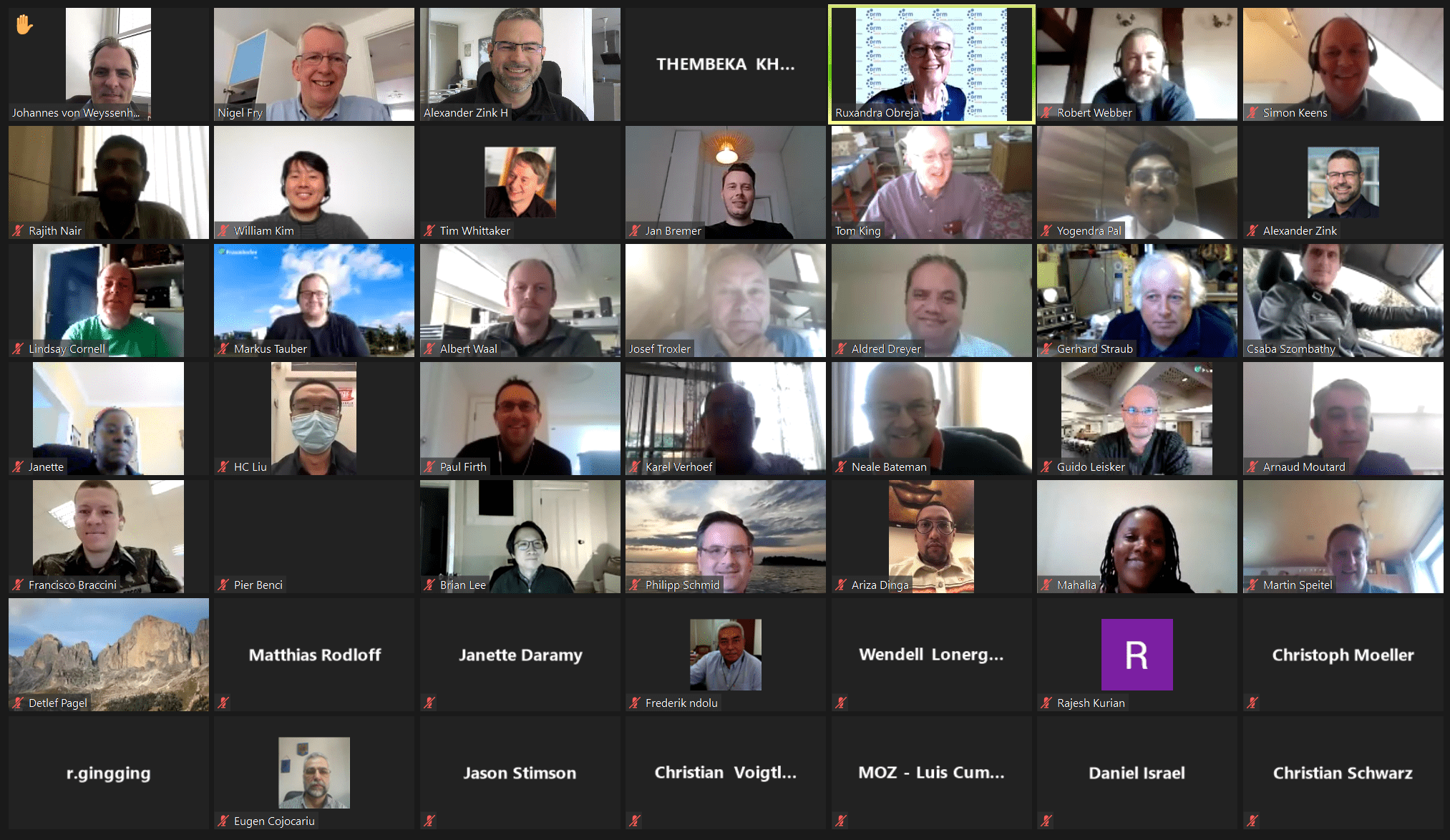
Members Session
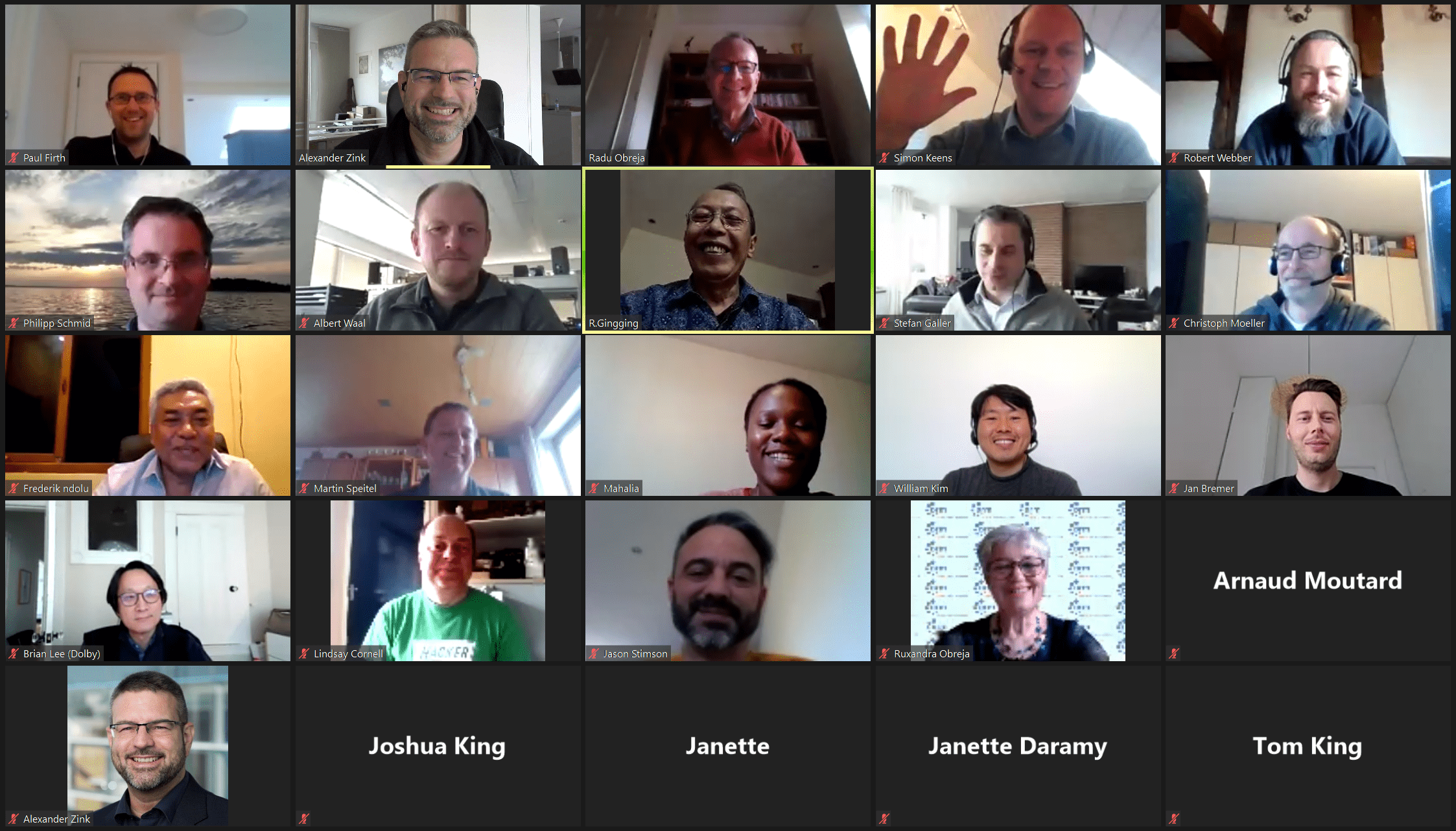 About DRM
About DRM
Digital Radio Mondiale™ (DRM) is the universal, openly standardised, non-proprietary digital radio system for all broadcasting frequencies and coverage needs.
DRM on short, medium and long wave up to 30 MHz provides for the efficient coverage in large areas with at least FM quality, while significantly reducing power consumption. DRM in the FM & VHF bands above 30 MHz enables flexible local and regional broadcaster-controlled services, with up to 3 stereo audio programmes plus multimedia components in half the bandwidth of a single analogue FM signal.
Advanced radio functionality thanks to DRM comprises: More services based on the highly efficient audio codec MPEG xHE-AAC and free-to-air Journaline multi-lingual text information, detailed service signalling, service linking (including to analogue AM/FM services) and DRM EWF – Emergency Warning Functionality. Enhanced DRM features include native Unicode support, station logos via SPI, Slideshow images and traffic and travel information.
The DRM Consortium was awarded by ITU for its outstanding contribution to the Telecommunications sector over the past years and has signed the EBU Smart Radio Memorandum that promotes access to free to air radio on all devices.
For more information and DRM updates subscribe to DRM news by writing to pressoffice@drm.org.
Go to newsletters to subscribe to the general DRM newsletter or the special India Noticeboard with all the latest DRM news.
Watch the latest DRM video “From Broadcaster to Listener” (https://www.youtube.com/watch?v=V-DpTa5yU28)


